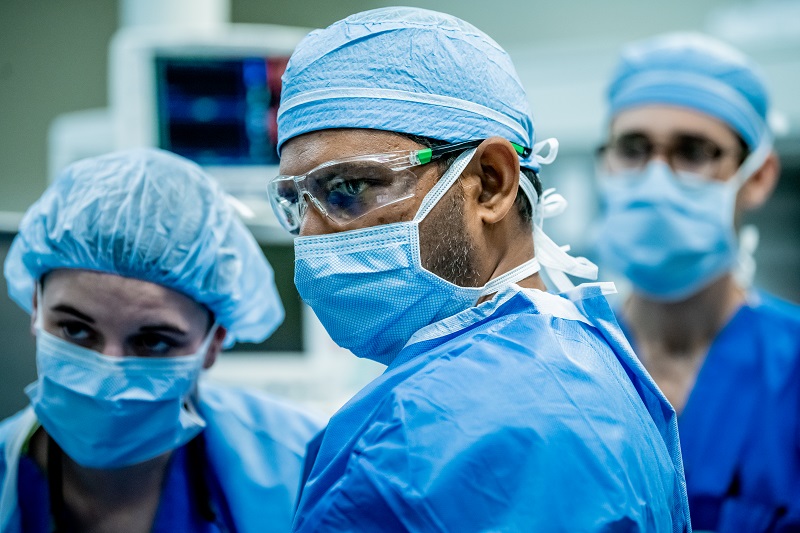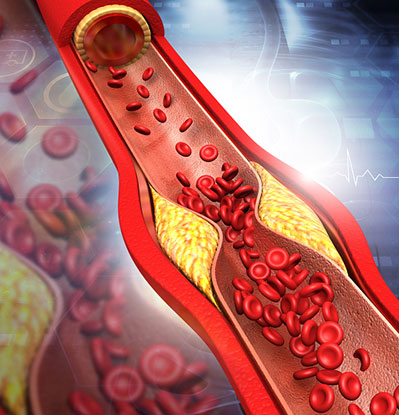Groundbreaking Technology Improves Heart Failure Care

October 28, 2022
For those with heart failure, even walking up a flight of stairs or navigating a maze of supermarket aisles can take a huge toll on energy levels.
Heart failure treatment almost always includes medications, but side effects can be intolerable. Plus, the drugs don’t always ease heart failure symptoms such as severe breathlessness, says Kanika Mody, M.D., an advanced heart failure cardiologist in the Heart Failure and Pulmonary Hypertension Program at Hackensack University Medical Center.
But these patients—who number more than 6 million in the United States—now have a state-of-the-art treatment alternative: The Barostim Neo is an effective treatment for patients who can’t tolerate traditional medications or undergo other procedures such as cardiac resynchronization therapy, which uses a pacemaker to correct abnormal heart rhythm.

“These patients are noticing a gradual decline affecting their day-to-day life but aren’t so sick that they need a mechanical heart pump or a heart transplant,” Dr. Mody explains. “This device can assist their heart to allow them to go back to their regular activities, whether it’s work, exercise or doing things around the house.”
Hackensack was the first in the nation in early 2020 to successfully implant the Barostim Neo device. By activating the body’s nervous system, the minimally invasive technology boosts the heart’s performance while cutting patients’ medication needs and hospital readmissions.
Slowing Down Heart Failure
The Barostim Neo uses a small wire implanted near the carotid artery, the main artery leading to the brain, which is next to a bundle of nerves controlling the body’s “fight or flight” response triggered by the hormone adrenaline.
For those with heart failure, this adrenaline response is heightened, resulting in heart function decline. By stimulating the baroreflex—the body’s natural mechanism to regulate heart function—the Barostim Neo evens out heart rate and blood pressure.
“This device basically allows the heart to rest and alters hormones that cause a lot of the bad effects of heart failure,” Dr. Mody explains. “It works in synergy with medications but without requiring additional medications.”
The therapy also reduces patients’ long-term infection risk because it doesn’t involve a pump or catheter like other heart failure treatment devices, she adds. Its function is tweaked regularly in the weeks after insertion to optimize nerve stimulation levels and patients’ symptoms and side effects.
Hospitals across the region routinely refer patients to Hackensack as well, since few other centers have since adopted the technology. “We have a wealth of experience here with our surgeons, so we’re able to help patients that maybe other centers can’t,” Dr. Mody says. “What we’re seeing so far among patients is that they’re more stable going into the next stage of heart failure, which most of the time is progressive. This seems to slow it down.”
Next Step & Resources:
- Meet our source: Kanika Mody, M.D.
- To make an appointment with Dr. Mody or a doctor near you, call 800-822-8905 or visit our website.
- Learn more about the Heart Failure and Pulmonary Hypertension Program at Hackensack
The material provided through HealthU is intended to be used as general information only and should not replace the advice of your physician. Always consult your physician for individual care.






